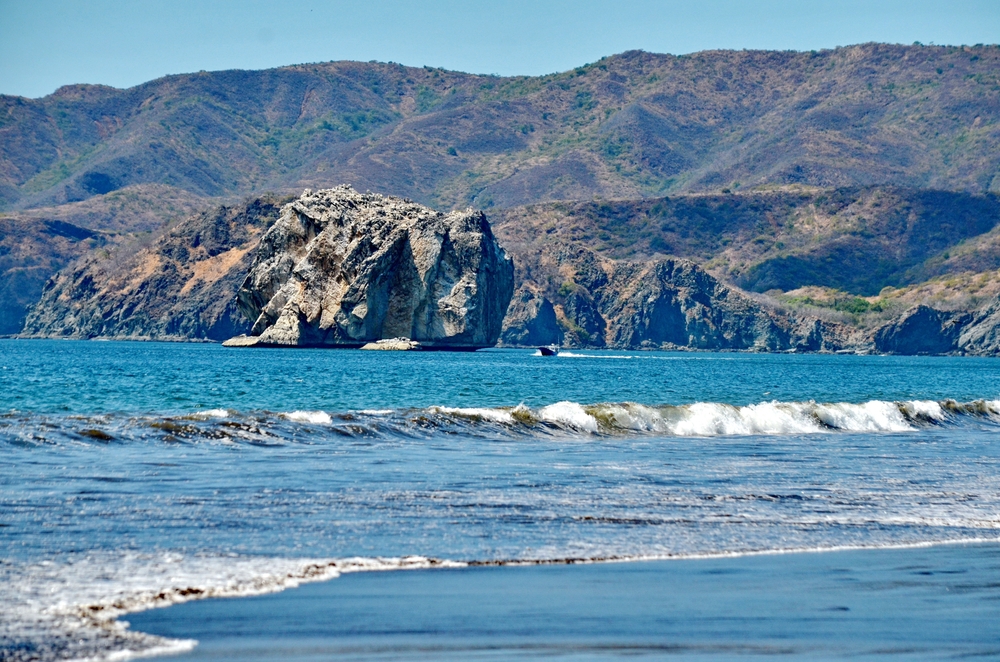Santa Rosa Overview
Santa Rosa National Park, known locally as Parque Nacional Santa Rosa, is located in the Guanacaste province of northwestern Costa Rica. Spanning approximately 106 square miles (274 square kilometers), this park is a vital piece of the country’s natural and cultural heritage.
The park lies in the Pacific lowlands, offering an exceptional blend of dry tropical forest and coastal landscapes. It stands as one of Costa Rica’s oldest national parks, established to safeguard a region rich in history and ecological diversity. Its historical significance is deeply interwoven with the country’s past, notably marked by a famous battle that took place at the historic site within its boundaries.
The terrain of Santa Rosa National Park is as varied as it is rugged. Gentle hills give way to steep valleys and coastal plains, all under a canopy of dry, deciduous forests. The landscape is dotted with acacia trees, resilient oaks, and clusters of cacti that have adapted to the seasonal droughts.
Coastal dunes and scattered shrubs add to the park’s distinctive charm, while patches of more lush vegetation can be found near water sources. A notable landmark is the historic estate where the Battle of Santa Rosa was fought, a reminder of the region’s storied past and a popular site for history enthusiasts. Natural rock formations and subtle ridges create an ever-changing tableau that captures the imagination of visitors.
Wildlife in Santa Rosa National Park thrives in this unique environment, providing opportunities for memorable encounters with nature. The park is home to several key mammal species, including white-tailed deer and collared peccaries that roam freely among the brush and undergrowth.
In the more remote sections, visitors might catch a glimpse of elusive predators such as jaguars. Birdlife is abundant, with vibrant parrots, toucans, and various species of hawks filling the skies. The arid forest also supports a range of reptiles and amphibians that have evolved to survive in harsh conditions. This diverse ecosystem offers a fascinating glimpse into the resilience of nature and the delicate balance that sustains life in this region.
Popular features of the park extend beyond its natural beauty. The historic site commemorating the battle, with its preserved buildings and informative displays, attracts history buffs and curious travelers alike. Many visitors engage with the park through guided hikes, birdwatching tours, and educational programs that delve into both the natural and cultural aspects of the area.
Efforts to promote sustainable tourism have ensured that these activities are both enriching and environmentally responsible. Local guides share their deep knowledge of the land, revealing hidden spots where nature flourishes and history lives on. These experiences allow visitors to connect deeply with the spirit of Santa Rosa National Park and appreciate its multifaceted allure.
Despite its successes, the park faces ongoing conservation challenges. Pressure from nearby agricultural expansion and the risk of invasive species have necessitated a proactive management strategy. Conservationists and park authorities work hand in hand with local communities to restore native vegetation and protect vulnerable wildlife populations.
Investment in environmental education and sustainable practices has yielded positive results, helping to preserve the park’s delicate ecosystems for future generations. Through a combination of historical preservation, ecological restoration, and community involvement, Santa Rosa National Park continues to be a beacon of conservation success in Costa Rica, offering visitors a unique blend of history, wildlife, and natural beauty that inspires and educates all who step within its borders.
Park Map
Santa Rosa National Park Highlights
Share your clicks with us
Related National Parks More Costa rica
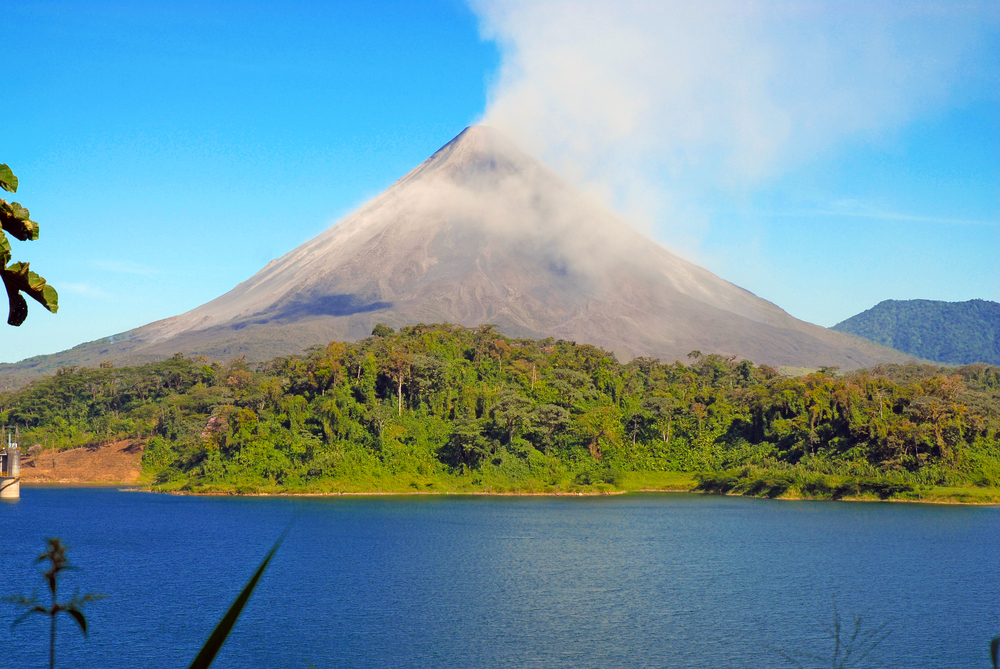
Arenal Volcano National Park
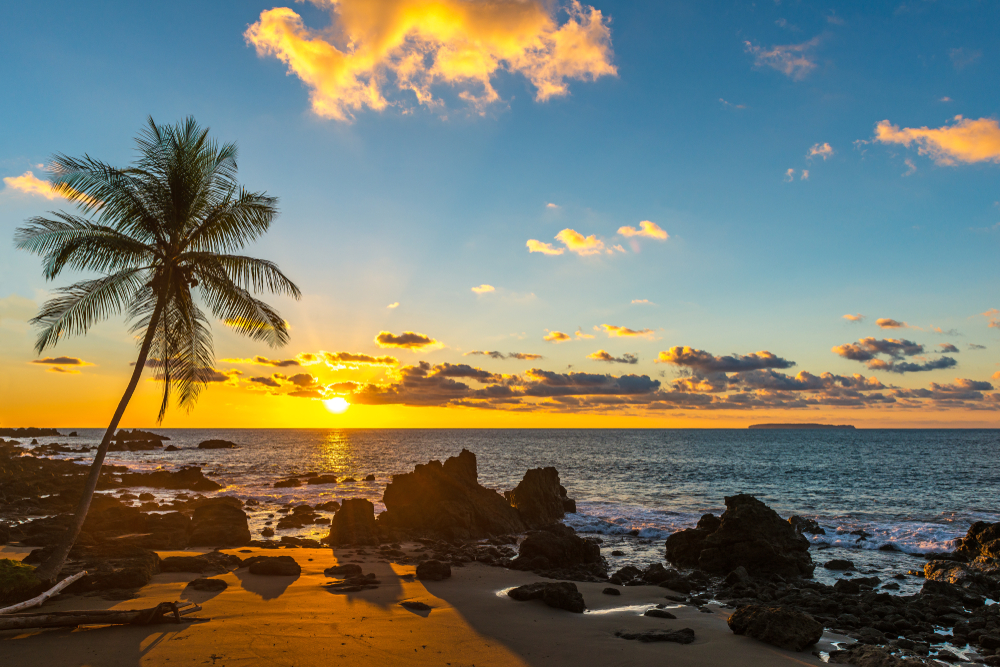
Corcovado National Park

Las Baulas Marine National Park
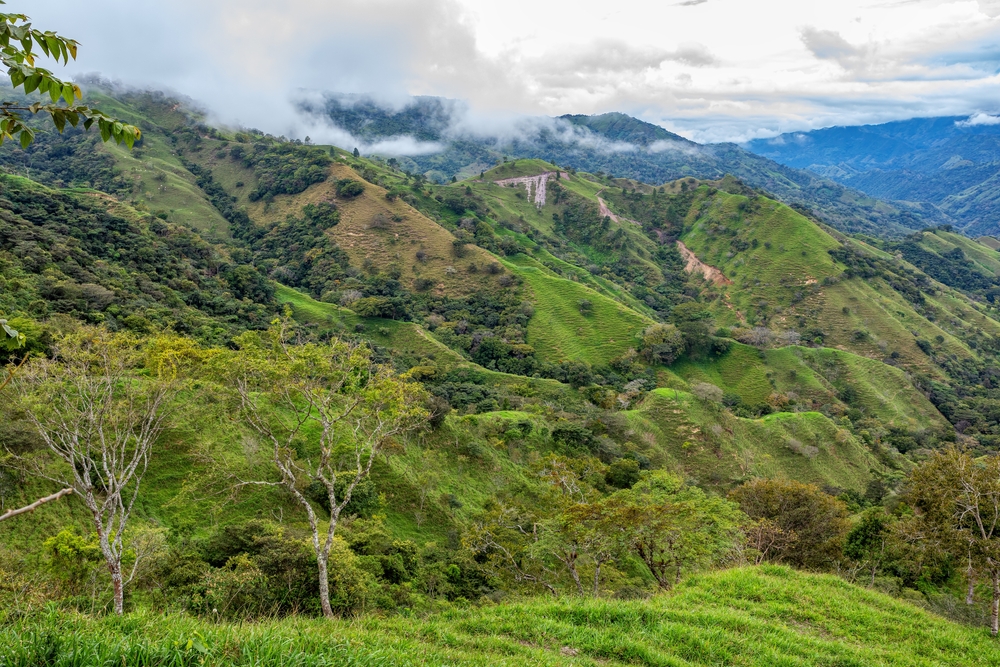
Los Quetzales National Park
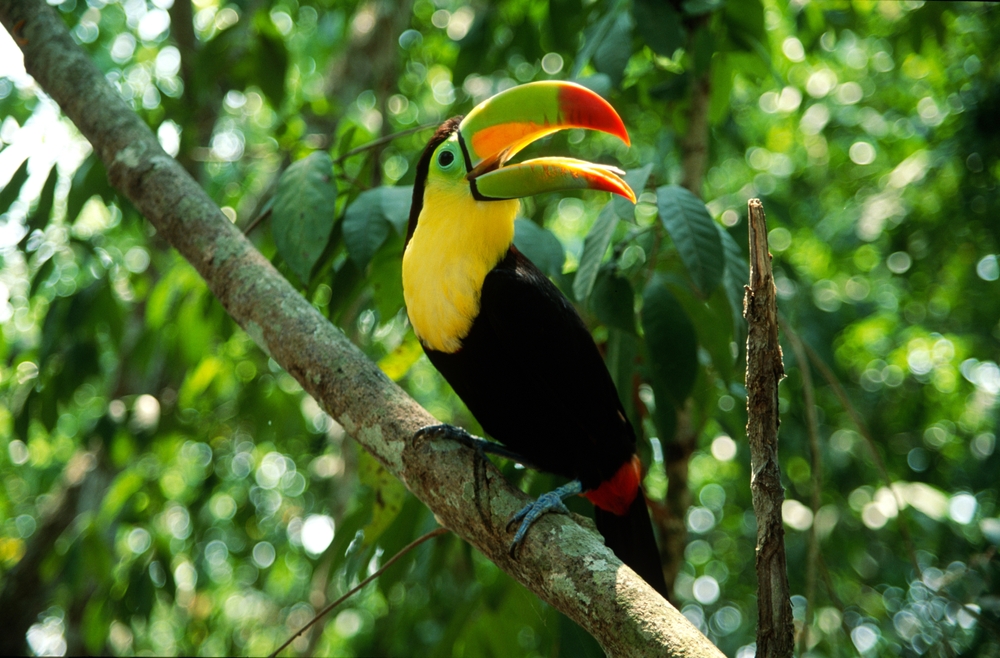
Manuel Antonio National Park
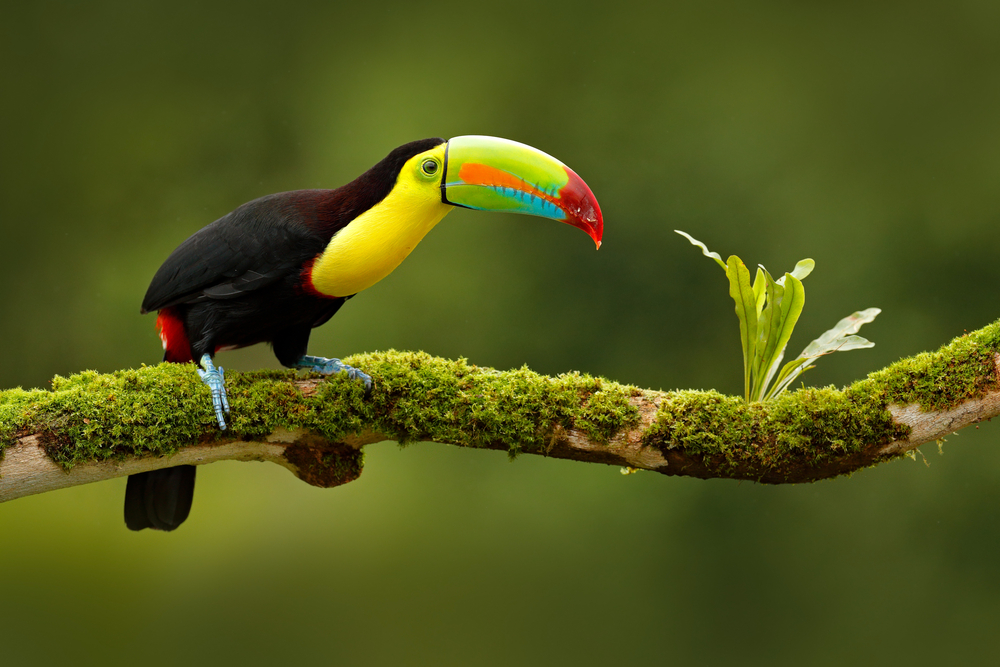
Miravalles Jorge Manuel Dengo National Park

Palo Verde National Park
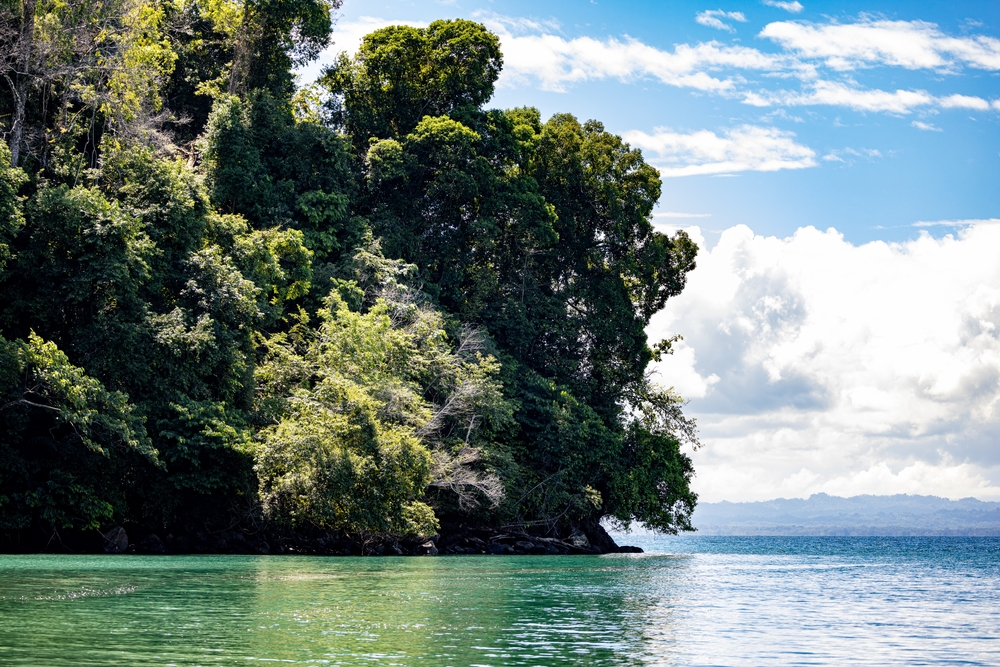
Piedras Blancas National Park
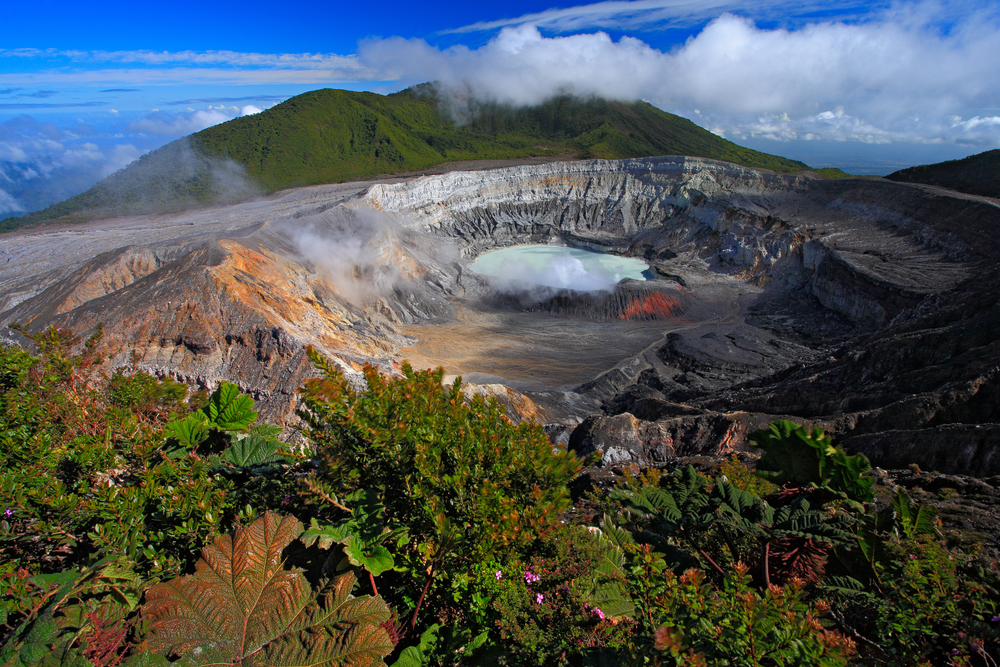
Poas Volcano National Park









































































